 The March 2020 Author Interview is with Trisha Speed Shaskan, a Minneapolis writer who’s authored 40+ books. I had the pleasure of meeting her at a Highlights Foundation writing retreat this past November, and straight off, I knew she was OPB material. Why? Because she loves dogs, thinks snorts are funny, and makes a lot of good kidlit. What more do you need than that, right?
The March 2020 Author Interview is with Trisha Speed Shaskan, a Minneapolis writer who’s authored 40+ books. I had the pleasure of meeting her at a Highlights Foundation writing retreat this past November, and straight off, I knew she was OPB material. Why? Because she loves dogs, thinks snorts are funny, and makes a lot of good kidlit. What more do you need than that, right?
Just in case you DO need a bit more to properly frame this interview, here are seven delightful Trisha facts.
- She has a dog named Beatrix Fluffernutter named after Beatrix Potter and the east coast sandwich with marshmallow fluff and peanut butter in it.
- She allowed the stars of her picture book, Punk Skunks!, to do a no-holds-barred interview at The Little Crooked Cottage.
- Just last year, she did an 18-day, 22-library “Create Your Own Comics” workshop in northern Minnesota alongside her husband/children’s book author & illustrator Stephen Shaskan.
- First read The Hobbit while traveling the London countryside by train.
- Worked at Wild Rumpus Books for Young Readers that is also licensed as a pet store! Among the children’s books, you’ll find animals both caged (chinchillas, a cockatiel, rats) and running free (chickens and Manx cats). During a Bunnicula anniversary event with author James Howe, Trisha kept the energetic bunnies from busting out of a cage.
- Worked as a literacy coach in an elementary school’s afterschool program.
- At the University of Minnesota-Twin Cities, she was the mascot, Goldy Gopher. (But not for sports, she notes—only for PR events.)
With that, let’s get to the interview!
RVC: Let’s start with how you’re living the picture book author dream—you’re married to a pro illustrator. How did that come about (I hear it has to do with a rock band!), and how do you successfully work together to make great kidlit?
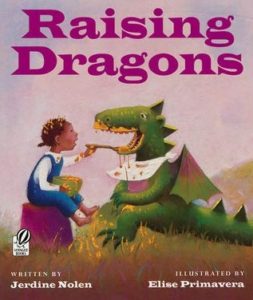 TSS: After receiving my B.A. in English, I worked at an elementary school where I met my future husband Stephen Shaskan. During the day, I worked as an educational assistant, and after school, I taught creative writing. During recess and in between resolving fights, flipping the rope for double dutch, and playing tag, Stephen and I connected over the picture books we were using in our classes, such as Raising Dragons by Jerdine Nolen and illustrated by Elise Primavera. We both loved a range of music from The Cure to Funkadelic.
TSS: After receiving my B.A. in English, I worked at an elementary school where I met my future husband Stephen Shaskan. During the day, I worked as an educational assistant, and after school, I taught creative writing. During recess and in between resolving fights, flipping the rope for double dutch, and playing tag, Stephen and I connected over the picture books we were using in our classes, such as Raising Dragons by Jerdine Nolen and illustrated by Elise Primavera. We both loved a range of music from The Cure to Funkadelic.
RVC: With in-common music like that, it’s no wonder you hit it off!
TSS: Absolutely. Yet for a couple years, we hung out as friends. Then I knew I wanted to date him. During my break at school, I drove to the floral shop to pick up some flowers to bring home. I also bought a bouquet of my faves, Stargazer lilies, for Stephen. When I arrived at school, Stephen was in the parking lot. When I got out of the car, I thought the bouquet looked huge; I felt too shy to give it to him. “Stargazer Lilies,” Stephen said, “My favorite.” I told him I bought them to bring home and placed the bouquet in the backseat of my car. Later on, during his art class, Stephen drew a beautiful picture of the Stargazer lilies and gave it to me as a gift. Soon afterwards, we dated. We also formed a band. I played drums. Stephen played guitar. But it took me a long time to tell him I had actually bought those Stargazer lilies for him!
RVC: What a great story.
TSS: Our friendship and the band were the start of many collaborations. At school, we co-taught a class together. Eventually we ended up working on books together. I had known I wanted to write children’s books since college, so I went grad school to become a better writer. During that time, Stephen worked as an early childhood educator where he played guitar and sang songs about underwear and dinosaurs. But he also read picture books and loved the format. Between that experience, his degree in illustration, and my interest in writing for children, Stephen began creating children’s books.
RVC: And that’s when you started working together?
TSS: 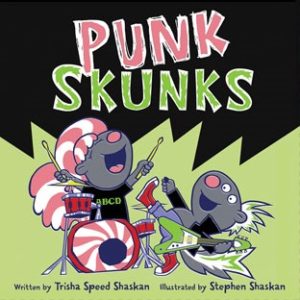 That’s right. At first, Stephen and I created our own books, but eventually we collaborated on picture books and graphic novels. We’re able to work well together because we respect each other, communicate really well, and can both laugh at ourselves. When we create a book together, we make sure we’re both fully invested in the story and play equal roles.
That’s right. At first, Stephen and I created our own books, but eventually we collaborated on picture books and graphic novels. We’re able to work well together because we respect each other, communicate really well, and can both laugh at ourselves. When we create a book together, we make sure we’re both fully invested in the story and play equal roles.
Punk Skunks is drawn from our experience playing music together but also using music with kids in the classroom. Neither of us would’ve created that book alone. Together, we brainstormed and figured out the plot and characters. But I don’t interfere with Stephen’s illustration process. And he doesn’t interfere with my writing process. While working on Punk Skunks, I was surprised by the art. I didn’t know there’d be a chorus of bunnies. Why wouldn’t there be?!
RVC: In your life and in interviews, the two of you have been quite open about how you’re able to stay married and continue to be effective collaborators. What are a few of your best tips for working with another creative?
TSS: When we collaborate on books, since we’re in the same house (versus people who collaborate with friends or a sibling), all of our resources go into one place: the same book. Especially when promoting it. So, it’s good to mix it up; sometimes work solo, sometimes work together. That way our house can remain somewhat clean.
RVC: What are some of the warning signs that it might not be a literary love match?
TSS: How do you know the collaboration isn’t working? If you’re not enjoying working together, or if it doesn’t feel good, it’s not a match. While Stephen and I enjoy creating books together and doing school visits together, there are some parts of the book business we do separately. For example, I do some presentations and attend some conferences by myself. We’ve figured out what works best by trying a bunch of things. If it’s more stress than fun, it’s not worth it.
RVC: Let’s jump back to your writerly beginnings. You wrote all kinds of things as a kid. Where’d you get the writing bug?
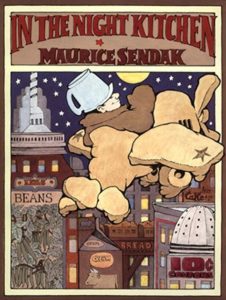 TSS: I grew up in the “Free to Be You and Me” era in a home filled with books and imagination. As a child, my parents read picture books to me. My mom called our milk “Mickey milk” because of In the Night Kitchen by Maurice Sendak. When I was in elementary school, my older sister Nicole had a witchcraft book that contained a glossary of imaginary creatures in the back. She read the definitions aloud: banshee, elf, fairy. Then we made up stories about the creatures. Brownies were my favorite because despite their small stature, they caused a huge amount of havoc. Nicole and I also ran through a field of what I now know were weeds but we believed were flowers that certainly contained fairies.
TSS: I grew up in the “Free to Be You and Me” era in a home filled with books and imagination. As a child, my parents read picture books to me. My mom called our milk “Mickey milk” because of In the Night Kitchen by Maurice Sendak. When I was in elementary school, my older sister Nicole had a witchcraft book that contained a glossary of imaginary creatures in the back. She read the definitions aloud: banshee, elf, fairy. Then we made up stories about the creatures. Brownies were my favorite because despite their small stature, they caused a huge amount of havoc. Nicole and I also ran through a field of what I now know were weeds but we believed were flowers that certainly contained fairies.
RVC: What did your family think about you majoring in English at the University of Minnesota? And then getting an MFA in creative writing?
TSS: My mother didn’t think my English degree was practical. She wanted me to become a teacher, which would’ve been a good idea since I ended up teaching writing! My father told me I could do whatever I set out to do. Whenever he wanted to do anything, he figured it out, worked at it, and went for it. As a young man, he earned a technical college degree, apprenticed as a sheet metal worker, and worked for a heating and ventilating business until he was ready to launch his own business. His you-can-do-anything-you-set-your-mind-to attitude always inspired me. By the time I returned to college to get my MFA, my mother was happy I was leaving the “nonprofits” (where I ran a youth program) to pursue my passion for writing. HA!
RVC: What’s the most valuable takeaway from your MFA days?
TSS: I knew in order to get published I needed to become a better writer. During my MFA days, I dug in, sentence by sentence, and studied how language worked in all kinds of books from fiction, to nonfiction, to poetry. In my own writing, I learned to look for repetitive ideas and ask questions, such as: Is this dialogue moving the story forward?
RVC: You got started with work-for-hire books, with your first being an easy reader, The Treasure Map. How did that come about, and is that a viable way for new authors to break into the world of kidlit?
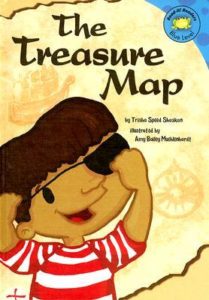 TSS: During my first year in the MFA program, I wrote The Treasure Map and an editor at the nearby, local Capstone Press bought it plus 3 more books to-be-determined. I continued writing more books-for-hire, often in a series, such as Word Fun: If You Were Alliteration. I wrote over 40 books-for-hire. Those books opened up opportunities. Before I was traditionally published (although the easy readers were original, I didn’t own the copyrights), being published allowed me to apply for the McKnight Fellowship in Children’s Literature for $25,000 at a time when I felt like quitting writing. I won the Fellowship. I also won an artist grant from the state of MN to move from work-for-hire to writing my own stories. A couple of my books-for-hire sold well, which led to school visits. I couldn’t make a living solely on writing books-for-hire, but the benefits I have received from those books have made a huge impact on my career.
TSS: During my first year in the MFA program, I wrote The Treasure Map and an editor at the nearby, local Capstone Press bought it plus 3 more books to-be-determined. I continued writing more books-for-hire, often in a series, such as Word Fun: If You Were Alliteration. I wrote over 40 books-for-hire. Those books opened up opportunities. Before I was traditionally published (although the easy readers were original, I didn’t own the copyrights), being published allowed me to apply for the McKnight Fellowship in Children’s Literature for $25,000 at a time when I felt like quitting writing. I won the Fellowship. I also won an artist grant from the state of MN to move from work-for-hire to writing my own stories. A couple of my books-for-hire sold well, which led to school visits. I couldn’t make a living solely on writing books-for-hire, but the benefits I have received from those books have made a huge impact on my career.
RVC: What are some of the things that doing so many work-for-hire books—most of which were for kids older than picture-book age—taught you?
TSS: I learned to write at different reading-levels from kindergarten through second grade. I learned to communicate complex ideas in simple language; for example, jet propulsion at a second-grade reading level. I learned that when I study a topic and get to know it, whether it’s the Mississippi River or an octopus, I often fall in love with the topic; just like getting to know a person who becomes a lovely friend.
RVC: You broke into picture books in 2016 with Punk Skunks! What got you to make that move?
TSS: I worked for hire to make money, but always worked on my own stories. My agent and Stephen’s sent out an early chapter book I wrote and paired it with some of Stephen’s illustrations. An editor liked the story but wanted me to try in a different format or wanted us to pitch a new story. We pitched a new story. That’s when we began to collaborate on what became Punk Skunks! At first it was an illustrated chapter book, but after the editor who asked for it rejected it, we thought it would make a better picture book. One of my writing teachers used to say “No work is lost work,” and thankfully that rang true.
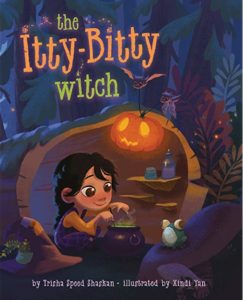 RVC: You seem to have a special affinity for the main character in your own 2019 picture book, The Itty-Bitty Witch. Why’s that so?
RVC: You seem to have a special affinity for the main character in your own 2019 picture book, The Itty-Bitty Witch. Why’s that so?
TSS: Betty Ann Batsworth is not only small, but she’s also determined. She never gives up.
RVC: What appeals to you most about picture books, both making them and reading them?
TSS: Reading a picture book to children is an interactive experience. The story speaks the language of poetry and song; the language is active. Picture books also contain visual literacy. Children infer what occurs between the text and art. And the art can contain a beautiful range of styles and mediums–whatever best fits the story–that adds to the colorful dance between the book and its audience.
RVC: What makes a Trisha Speed Shaskan school visit special?
TSS: As an educator, I LOVE school visits and the students and staff can tell; I bring my passion, positive energy, and enthusiasm for stories and creativity. I keep the visit interactive. I show students: Creating stories is fun and accessible to everyone!
RVC: As an author, how do you measure success?
TSS: If I feel I have created the best possible story I can, I consider it a success.
RVC: Last “serious” question to this part of the interview. You and your husband have different agents—you work with Sara Crowe at Pippin Properties, and he works with Teresa Kietlinski at Bookmark Literary. Do you ever have that my-dad-can-beat-up-your-dad thing where you brag about your respective agent’s superpowers in an awesome display of vicarious one-upmanship?
TSS: SNORT! Stephen and I are extremely grateful and lucky to have two, phenomenal agents that are uniquely perfect for each one of us! We admire each other’s agents and our own, so it all works out.
RVC: Glad to hear it!
Alright, it’s time to fire up THE LIGHTNING ROUND!!! That means fastball questions and rocket-blast answers. Ready?
TSS: Set!
RVC: Best picture book sound effect—burp, fart, or snort?
TSS: LOL! “SNORT!” Of course!
RVC: Favorite literary villain?
TSS: Cruella de Vil, who puts the vile in villain!
RVC: Something about your writing process that might surprise people?
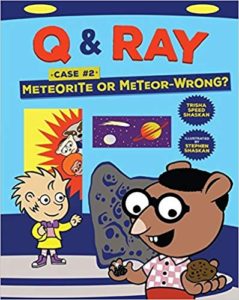 TSS: For every book I write, I do research. My favorite type of research is consulting an expert. For Q & Ray Case #2: Meteorite or Meteor-Wrong, I asked Dr. Randy Korotev who has been studying meteorites for over 40 years to check the science to make sure it was accurate. After reading a page in the book where Ray was eating a Limburger and onion sandwich, Dr. Korotev told me: When he was in elementary school, each day he walked home for lunch and ate the exact same sandwich!
TSS: For every book I write, I do research. My favorite type of research is consulting an expert. For Q & Ray Case #2: Meteorite or Meteor-Wrong, I asked Dr. Randy Korotev who has been studying meteorites for over 40 years to check the science to make sure it was accurate. After reading a page in the book where Ray was eating a Limburger and onion sandwich, Dr. Korotev told me: When he was in elementary school, each day he walked home for lunch and ate the exact same sandwich!
RVC: Best compliment a kid ever gave your writing?
TSS: It ROCKS!
RVC: Thanks so much, Trisha! This was a snort-tastically good time!
 re in Sarasota, Florida, which is generally ranked as one of the best beaches in the world (thank you, white powder sand!), I got to thinking–how many really good picture books were there about going to the beach and enjoying beach-related activities? I decided to find out and list some of my favs below with a brief explanation about why I liked them.
re in Sarasota, Florida, which is generally ranked as one of the best beaches in the world (thank you, white powder sand!), I got to thinking–how many really good picture books were there about going to the beach and enjoying beach-related activities? I decided to find out and list some of my favs below with a brief explanation about why I liked them.

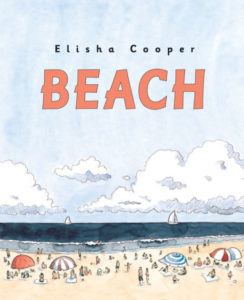
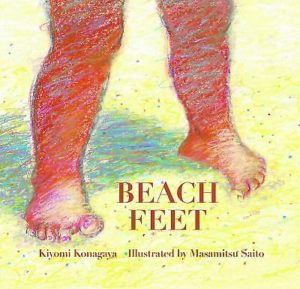
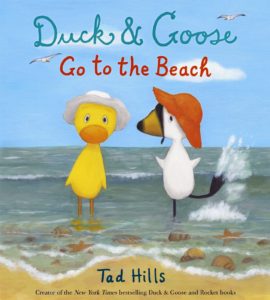
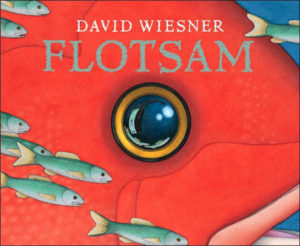
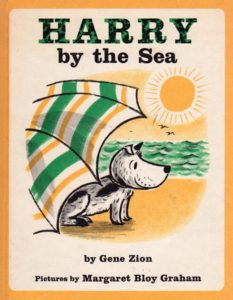
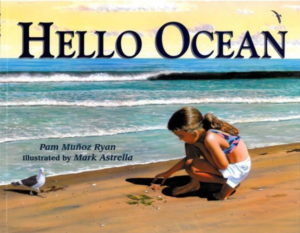
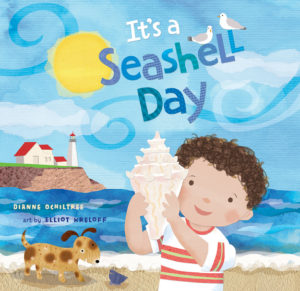
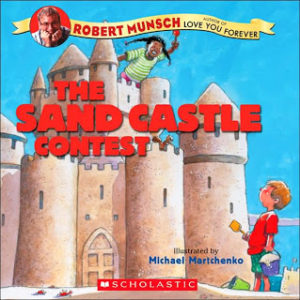
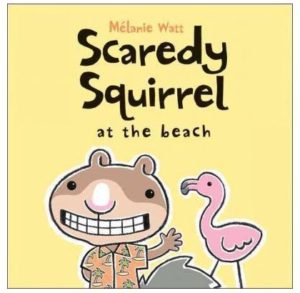
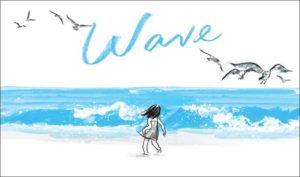
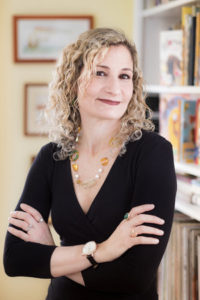 This month’s Editor Interview is with publisher Christy Ottaviano, who runs a boutique imprint at Henry Holt and Company/Macmillan that specializes in making children’s books that “encourage imagination and free-thinking, foster a sense of family and community, target the feelings of children, and speak directly to young people’s interest as they explore various milestones.”
This month’s Editor Interview is with publisher Christy Ottaviano, who runs a boutique imprint at Henry Holt and Company/Macmillan that specializes in making children’s books that “encourage imagination and free-thinking, foster a sense of family and community, target the feelings of children, and speak directly to young people’s interest as they explore various milestones.”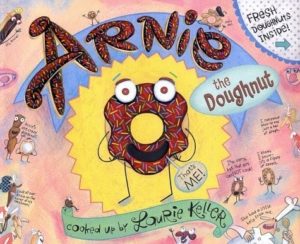
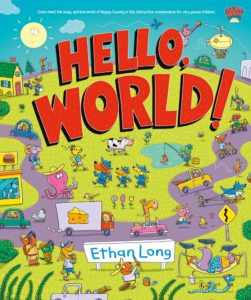
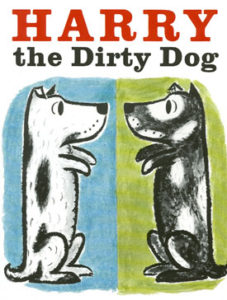
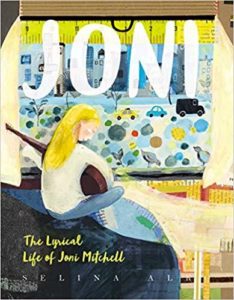
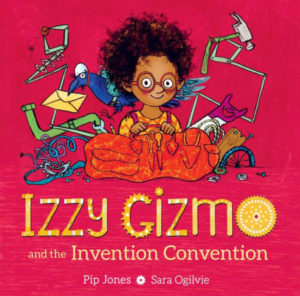 Izzy Gizmo and the Invention Convention
Izzy Gizmo and the Invention Convention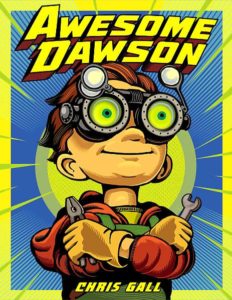
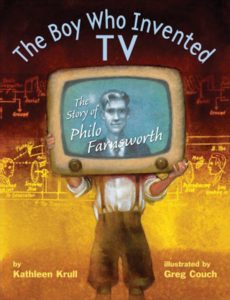
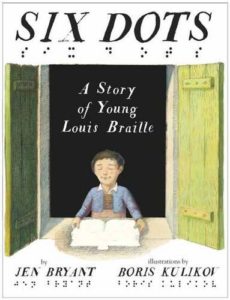
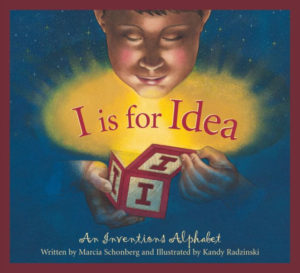
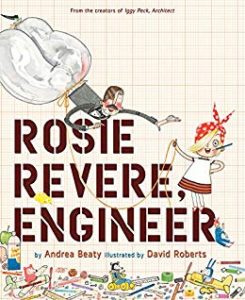
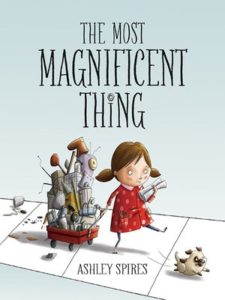
 The March 2020 Author Interview is with Trisha Speed Shaskan, a Minneapolis writer who’s authored 40+ books. I had the pleasure of meeting her at a
The March 2020 Author Interview is with Trisha Speed Shaskan, a Minneapolis writer who’s authored 40+ books. I had the pleasure of meeting her at a 





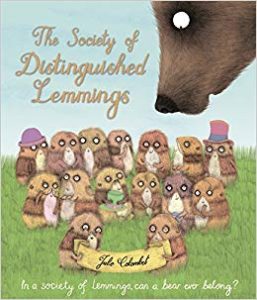
 Rebecca Zomchek is a children’s book illustrator who has worked as a concept artist and cartoonist. She earned her
Rebecca Zomchek is a children’s book illustrator who has worked as a concept artist and cartoonist. She earned her